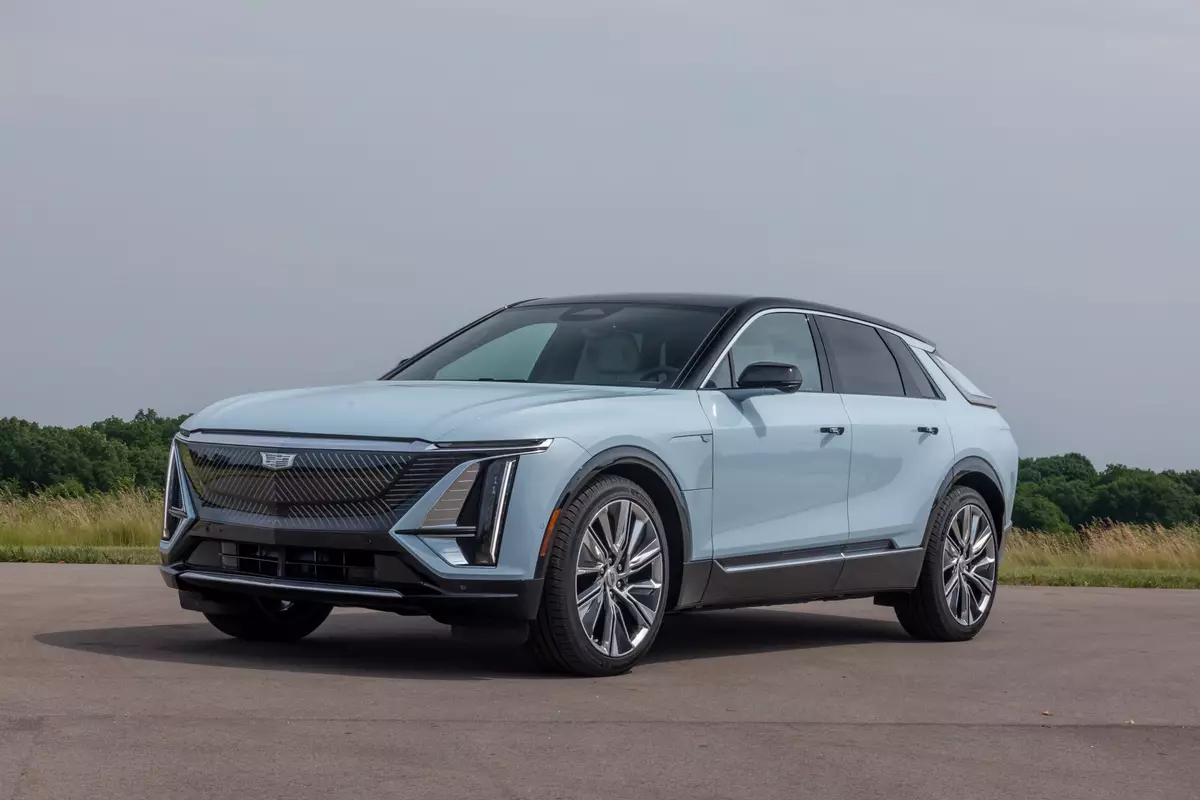Cincinnati.com's view
The Acura 3.2TL is just like an old shoe. There, I dare the ad agency to steal that quote. What I mean, of course, is a finely crafted leather accouterment that has gotten more conforming with every step – to the point that you’re willing to put more into rehabilitating it than most folks would spend for a new pair. It’s SO comfortable, and feels just right.
The four-door midsize luxury sedan from Honda’s luxury division would be a fine choice for long-distance motoring – for two people and perhaps two sprouts, if necessary. Headroom in the back is a little tight for the fully grown, thanks to the sportily raked roofline.
The TL, which sits on a slightly elongated version of the Accord platform, is smooth, quiet and very pleasant for what the slicers and dicers call the low-luxury segment. It’s not exactly a driver’s car, in the sense that it urges you to put on the driving gloves, get off the freeway and boogie down the back roads. Till now.
For the 2002 model year, Acura has whipped up a “Type S” version, and the S definitely stands for sporty. The analogy now would be to call it a high-tech running shoe. For openers, the S’s engine wrings an extra 35 horses and 16 more foot-pounds of torque from 3.2 liters than its more prosaic sibling. The S puts forth 260 hp (@6,100 rpm) and 232 foot-pounds at a more reasonable 3,500. Used to be that that kind of output per liter in a road car was typical of turbocharged machines. Acura manages it through the tried-and-true Honda legerdemain called VTEC – variable valve timing and lift, and the extra energy available in premium fuel.
Basically, most engines’ intake and exhaust valves open for a length of time that is a compromise among various factors such as emissions, economy, power and tractability. Honda, and now a few others, decided to leap through the horns of the dilemma by making the device that controls valve opening and closing – the camshaft – have two distinct profiles, one for low-speed operation, one for high.
A natural born skeptic, I wondered some years back, when Honda unveiled this novel technology, whether it would stand up to the rigors of the real world. It has. Honda uses it throughout its products, sometimes biasing the tuning for power, sometimes for economy, and always with low emissions in mind. (Even the Type S qualifies as a low-emissions vehicle.)
The TL is a front-wheel-drive machine, and at this power level, torque steer can be a problem, as the two front wheels try to sort out an equitable distribution. I noticed only the slightest wriggling in the TL’s case, and that’s when I dumped the throttle with the wheels off-center.
The Type S base price is $33,710 with the DVD-based navigation system and freight. That compares with $31,360 for a comparably-specced “plain” TL. Both are loaded with the expected range of luxury amenities. The Type S, in addition to more urge, gets 17-inch alloy whe els instead of the standard 16s, Vehicle Stability Assist and a sport-tuned suspension.
The upsized wheels are clad in 215/50 Michelin MXM4s. Despite the sporty profile and the more aggressive shocks and springs, the Type S is not likely to put off any luxury buyer who hasn’t been tooling around in an old Roadmaster.
I wouldn’t even characterize the ride as sporty, much less jarring. Road filtration is excellent, and with the extra power and all that implies about driving styles, both the larger contact patch and more muscular underpinnings are quite appropriate.
Power is conveyed to the wheels through a five-speed automatic transmission (no manual is offered). It is both slick and efficient, and incorporates a large dose of that famed Honda smarts. It’s of the sort that can be bossed around manually, which is seldom necessary but always amusing.
The Vehicle Stability Assist thing is Honda’s name for the integration of a variety of sensors h detect when a driver is asking for more turning force than the car can manage. Acting in concert with the antilock braking system and the traction control apparatus, the VSA causes braking force to be applied to the wheel which, under the circumstances, will do the most good, also cutting engine power as required. I had to work hard first to invoke it, and second, to detect it on dry pavement. It was subtle but effective. It was more noticeable on low-grip surfaces, where overexuberant cornering would normally have resulted in getting weeds on the undercarriage.
he Type S has special power steering, too. It senses the torque within the steering box, and varies the amount of assist accordingly. As a result, responsiveness and feel are pronounced.
The TLs have large disc brakes, ventilated in front, with antilock. Pedal feel was fairly crisp, and the braking force was progressive and easily modulated. Stopping distances from 70 were commendably short, with the antilock pulsating rapidly enough to be a hum. The TL comes with dual-power front air bags (the better to accommodate small people) and also side air bags for driver and co-pilot. Can head curtains be far off?
EPA estimates for the TL Type S are 19 mpg city, 29 highway. My log showed 22.9, which was quite impressive considering all the incidental gas-sucking activities.
The 2001 TL garnered four stars on a scale of five in government crash tests for protection of driver and navigator in frontal barrier impacts at 35 mph. In side impacts, the front positions got four-star ratings, the rear, five stars. The Insurance Institute folks have not tested it.
So complete is the roster of standard equipment that it includes high-intensity discharge headlamps, which often are a costly option even in the pricier leagues. They are somewhat controversial because of their alleged glare, but I would insist on having them on such a rapid-transit machine.
I have reported on the Acura’s excellent navigation system before, so I won’t dwell on it here. The map screen is very handsome, and, since it’s DVD-based, one could go from coast to coast without having to swap discs, as one must on those last-millennium systems which use mere CDs. For two grand, it had better be good.
The TL received a couple of exterior tweaks for the 2002 season, mainly new front and rear treatments, but it retains its dignified-yet-sporty aspect. The TL is made on the same production line as the Accord, in Marysville, Ohio. Overall build quality was commensurate with the price tag.
Other vehicles to consider in this class are the Audi A6, BMW 3 Series, Volvo S60, Lexus ES300, Mazda Millenia and Lincoln LS. They’re all fine cars, with just enough distinction from one another to satisfy a variety of tastes. Nice problem to have, deciding which one.
Edmunds.com indicates that, depending on where you live, you might be able to bargain down th e bottom line by as much as $1,000. The specimen I tested had no options and cost $33,710 with freight.
“The Gannett News Service”
Latest news



